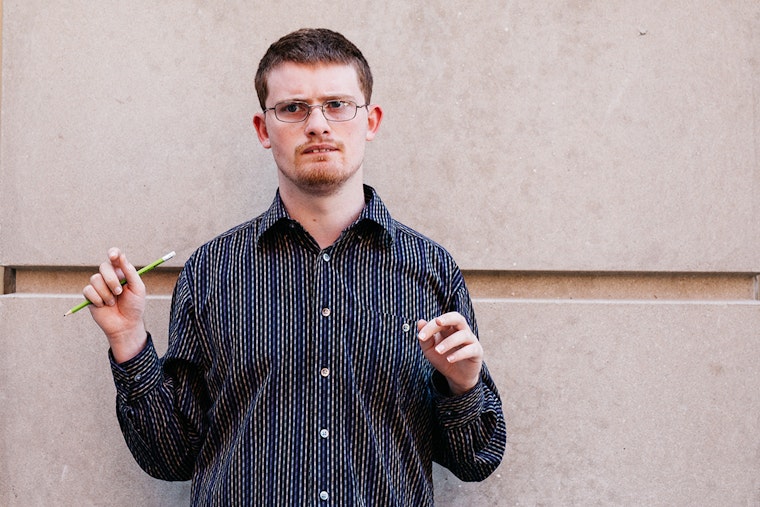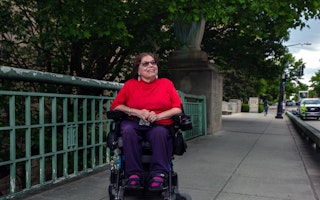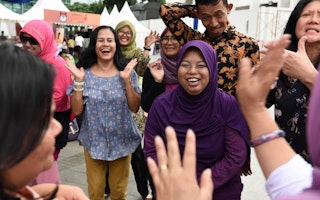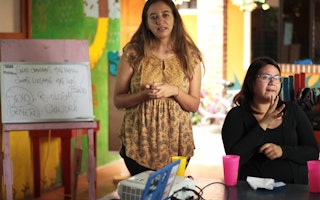Q&A: What Real Inclusion for Nonspeaking Autistic People Means

Too often, the rights of nonspeaking autistic people are completely ignored. Rachele Tardi, senior program manager for the Open Society Community Youth Fellowship, speaks with DJ Savarese, a 2017 Youth Exchange/Human Rights Initiative Fellow, about building an inclusive world.
Deej, a documentary that follows you through high school and the very beginning of college, premiered this fall. What do you want the film to accomplish?
I want the film to dispel societal stereotypes and misunderstandings and to promote inclusion—in family, school, employment, and community—for all of us who communicate alternatively. I’ve estimated there are as many as 750,000 nonspeaking autistics in America. The dominant culture’s production of autism is not my experience of autism. As the film’s subject, narrator, and coproducer, I try to unearth the discrepancies between the outsider’s perspective and the nonspeaking autistic person’s private insights.
What does “inclusion” mean to you?
I think you’ll see that, for me, inclusion means having a voice in one’s life. Nonspeaking autistic people rarely—if ever—do. Instead, they’re usually stored away like unwanted furniture.
What is one of the more harmful stereotypes about nonspeaking autistic people?
Our silence makes some estimate us as incapable, and soon we are left out of anything meaningful. Before I learned to read and write, people thought I had no mind.
Reading and writing are rarely taught to nonspeaking autistics. Presumed incompetent and denied training in literacy and communication skills, most of us are segregated in separate classes—or schools—for kids with disabilities, denied basic human rights, and later housed in sheltered workshops, group homes, and larger residential placements.
Much of your work addresses problems with the education system. What inclusive practices would you like to see become more prevalent?
First of all, we need teacher training programs that actually instruct teachers, not in classroom management and discipline skills, but in literacy-based instruction for nonspeaking people and other neurodiverse learners.
We also need low-cost/high-yield accommodations that can be used in inclusive settings to allow each student access to the regular curriculum. By linking strategies with specific kinds of nonspeaking autistic learners, my website will help teachers and parents identify the most efficacious strategies for their particular student or child.
There also needs to be a broader sense of literacy and language and the tools used to convey meaning. Some learners need visual bridges, such as photos and pictures, to become literate. Others need to touch the words, physically placing words in sentences like pieces in a puzzle. Others need to sign or draw concepts and words in order to capture their meaning. Still others may require the musical sounds and patterns of poetry to lure them into language.
Each path to literacy is an equally worthwhile journey—no one better than the rest.


